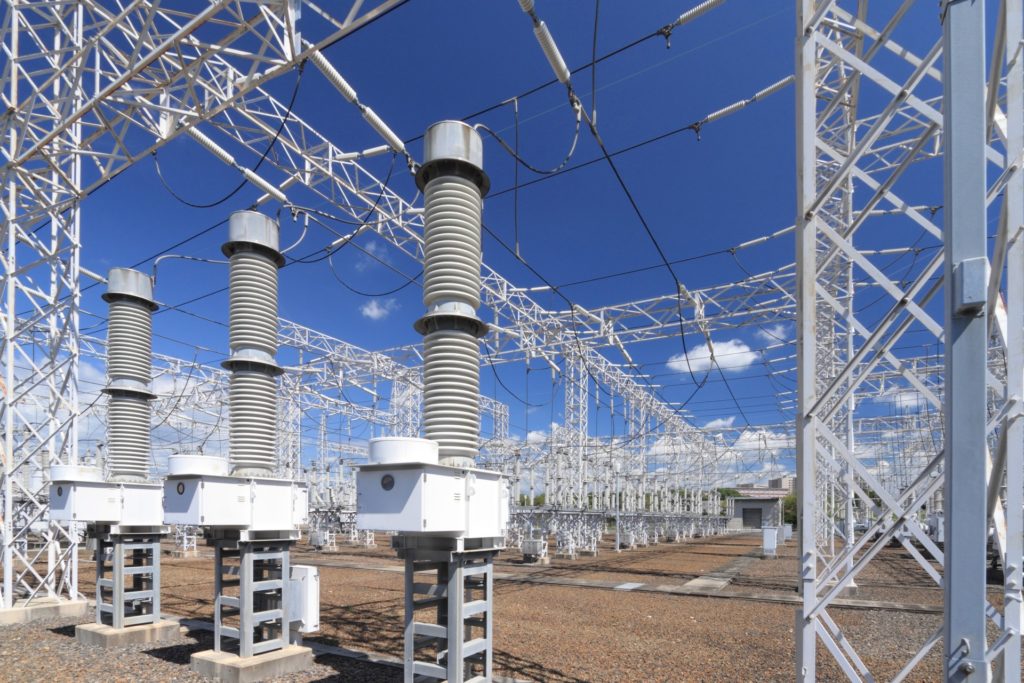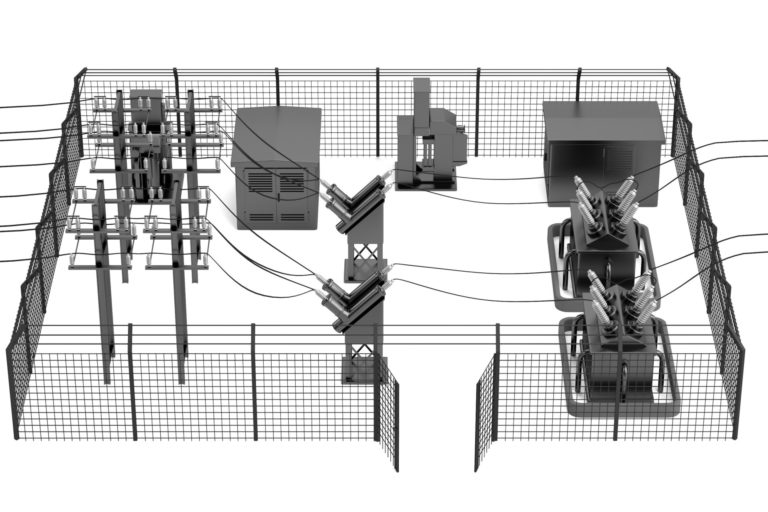
Synchrophasor technology is a powerful tool for monitoring and controlling power system stability. It involves the use of high-speed phasor measurement units (PMUs) to measure the voltage and current phasors at different locations in the power system in real-time. These PMUs are synchronized with a common time reference, allowing for the accurate measurement and comparison of power system behavior across the entire network.

To apply synchrophasor technology for power system stability monitoring and control, there are several steps that need to be followed:
1. PMU placement
The first step is to determine the optimal placement of PMUs in the power system. This involves identifying critical points in the network where voltage and frequency stability are most at risk, and installing PMUs at these locations.
2. Data collection
Once the PMUs are installed, they collect high-speed phasor data at a rate of 30 to 60 times per second. This data is time-stamped and synchronized to a common time reference.
3. Data analysis
The collected data is analyzed to detect any anomalies or disturbances in the power system. This analysis can be done in real-time using advanced algorithms and machine learning techniques.
4. Control actions
Based on the results of the data analysis, control actions can be taken to mitigate any stability issues. These actions may include adjusting the settings of power system devices such as generators, transformers, and capacitors, or issuing commands to control centers to change the operating parameters of the network.
Conclusion
Overall, synchrophasor technology provides a powerful tool for power system stability monitoring and control, allowing operators to quickly detect and respond to any stability issues, and helping to ensure the reliable and efficient operation of the power system.




